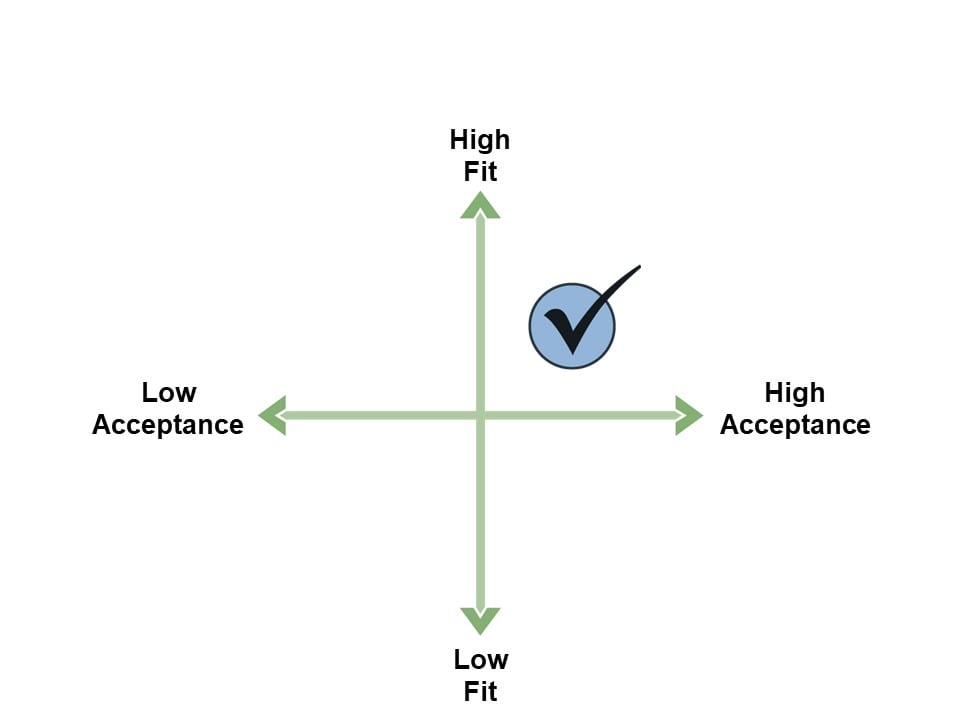
Radio loves a good countdown.
WMCA-FM in New York was counting down the hottest singles all the way back in the 1950s.
Casey Kasem took the countdown format coast-to-coast with the debut of American Top 40 in July 1970 (on just seven stations!)
Countdowns have stood the test of time, from syndicated programming to the local “Most Requested,” Top 8 at 8 or Hot 9 at 9.
2018 marks the first full year of our Tuesdays With Coleman blog, providing tips and insights on branding, content and research strategy every Tuesday.
As we get ready to say farewell to 2018, it seems only fitting to highlight our five most-read blogs of the year in honor of the great radio countdowns of past and present.
With the assistance of Google Analytics, we’ve got the facts and figures and the list below (counted down, of course, from number five to number one.) Now, on with the countdown.
#5 Should I Play That Song on my Radio Station? By Jon Coleman
In this blog, originally posted on September 25, 2018, Founder Jon Coleman explains that deciding which songs to play on your radio station isn’t always as clear as it seems. Jon describes how our Brand-Content MatrixSM and Acceptance-Fit Matrix can assist with your evaluation strategy, and reveals when it makes sense to take some extra risks.

#4 Why Radio Stations Are Like Toy Stores By Jay Nachlis
Associate Consultant Jay Nachlis wrote this blog on September 4, 2018, after FAO Schwarz announced the iconic toy brand would reopen in New York.
By revisiting his thoughts on why Toys R Us closed earlier in the year and examining new plans by FAO Schwarz, Jay discovers that the things that make toy stores appealing are strikingly similar to what makes radio stations appealing.
#3 The Branding Genius of Trader Joe’s By Sam Milkman
While just about every Tuesdays With Coleman blog covers brand strategy, not all focus entirely on radio. This April 3, 2018 entry from Executive Vice President/Senior Consultant Sam Milkman highlights four reasons why Trader Joe’s has succeeded in the hugely competitive grocery space.
If you do work at a radio station, you’ll discover ways to carve out your own market position using lessons from Trader Joe’s.
#2 The 90s Music Research Conundrum By John Boyne
Executive Vice President/Senior Consultant John Boyne reveals the reason why Adult Contemporary and Classic Hits radio stations are playing such small percentages of 90s music, despite the fact that much of the target demographic grew up listening to it.
#1 10 PPM Tips for Program Directors: 10 Years Later By Jon Coleman
10 years after Arbitron rolled out the Portable People Meter to the Top 10 US markets, Jon revisits a dos and don’ts list he wrote for radio program directors in the early days of PPM.
This blog republishes the 10 tips, with brand new commentary from Jon looking back at the advice through a 2018 lens.
All of us at Coleman Insights wish you a wonderful holiday and Happy New Year! If you haven’t yet subscribed for Tuesdays With Coleman, click here and you won’t miss a single post in 2019.
“Keep your feet on the ground, and keep reaching for the stars.” – Casey Kasem
